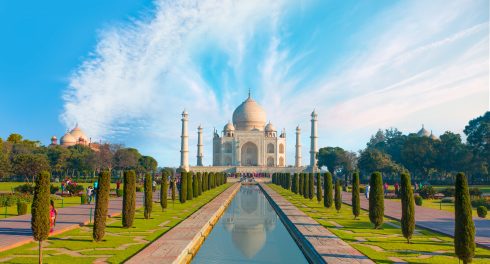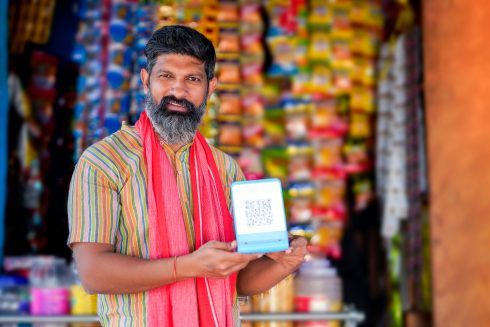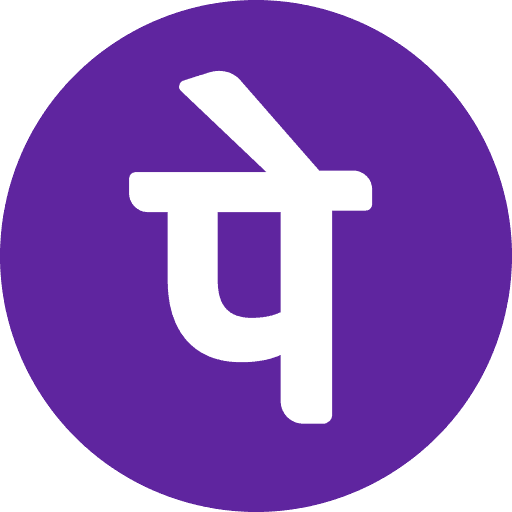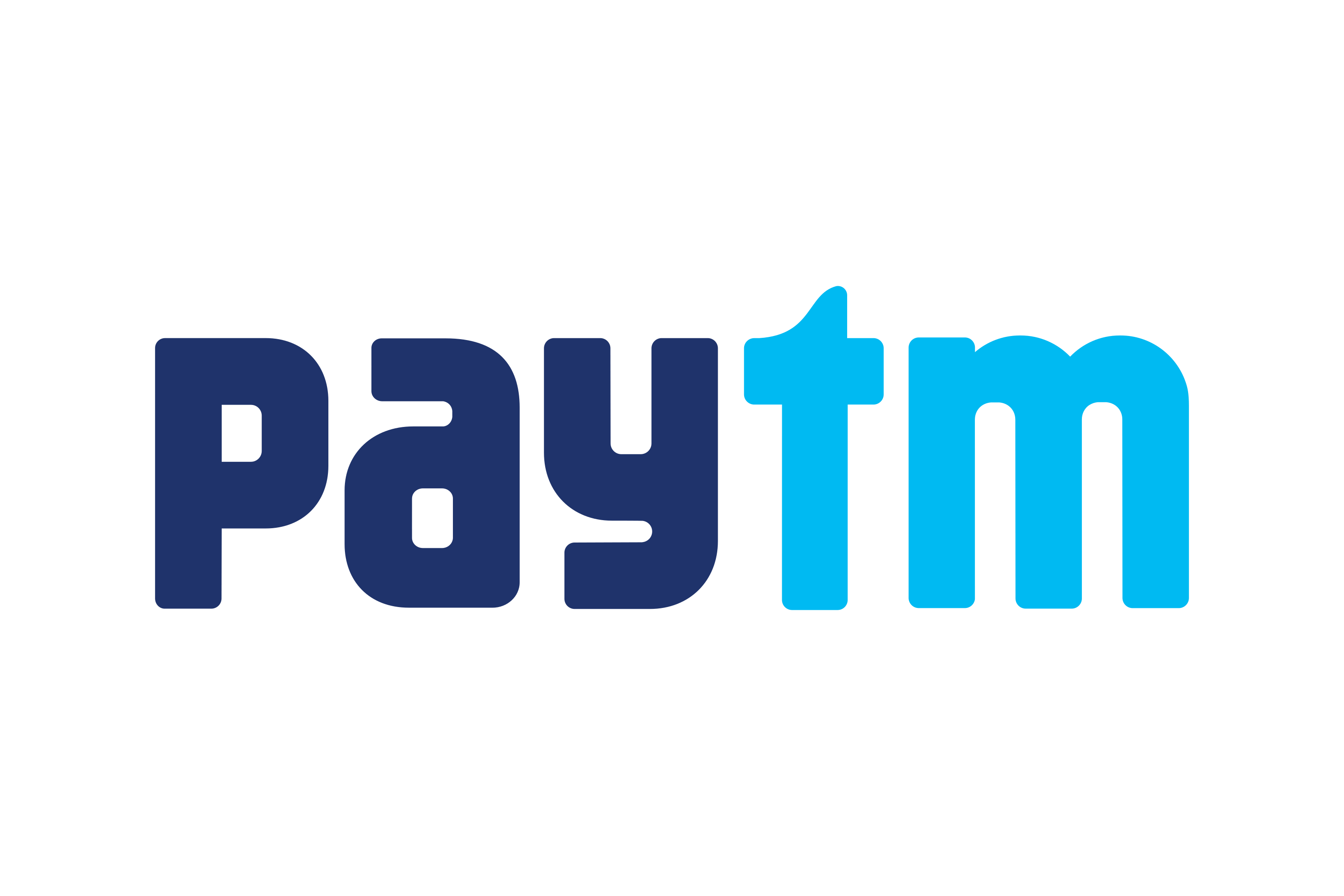Understanding the whole story! EC situation in India

Basic information
Hello. My name is Ujita, and I am a consultant.
With a population of over 1.4 billion (as of 2023), India has surpassed China as the most populous country in the world. It is one of the most diverse countries in the world, with a myriad of religions and languages, including 22 official languages such as Hindi, Bengali, and Telugu, and a variety of religions such as Hinduism, Islam, Sikhism, Buddhism, and Jainism.
Due to cultural differences, accessibility, and infrastructure development in each region, it is not easy to conduct marketing throughout India. However, despite this, domestic companies are growing remarkably, and large foreign companies are entering the market one after another.
Along with the rapid economic growth in India, the use of e-commerce is rapidly increasing and new business opportunities are opening up. Along with e-commerce, the it industry is also making remarkable progress as an emerging industry.
What are the most commonly used ecs in India?
Next, we will discuss the e-commerce situation in India, starting with the most commonly used e-commerce platforms.
- Flipkart

Flipkart is a major presence in the e-commercemarket in India. With a whopping 62% market share, Flipkart has become an integral part of India's e-commercemarket, which was launched in 2007 and has grown rapidly in a short period of time to an estimated 27.8 million monthly visitors today. Flipkart's product range, which includes everything from smartphones to furniture, has also won the company a following among its users. It has also responded to Indian consumer needs by offering convenience and a variety of payment methods. It is widely used by people in rural as well as urban areas. - Amazon India
Following Flipkart is Amazon with approximately 26% of the market share Amazon entered the Indian market in 2013. Since that time, Amazon has leveraged its extensive experience and expertise as a huge global e-commercesite to offer Indian consumers fast delivery and a wide range of products. With its global brand power and distribution network, Amazon is increasing its presence in the Indian market. However, Flipkart's market share advantage is due to its deep understanding of Indian consumer needs and market characteristics, as Flipkart is a born-and-bred e-commercesite in India. - Meesho.

A notable presence in India's e-commercemarket is Meesho, which was founded in 2015 and is growing rapidly with its unique business model. Meesho is a new form of social media-enabled e-commercecalled social commerce. It provides a platform for ordinary users to sell products to their own social media networks.
Unlike Amazon and Flipkart, which have led the Indian e-commercemarket to date, Meesho's unique strength lies in its social commerce model. Because ordinary users can leverage their social networks to develop their businesses, Meesho is a very attractive platform for small business owners and individual sellers. Given the socio-economic situation in India, business models such as Meesho offer opportunities for many, resulting in a broad customer base. This new form of e-commerceis bringing a new breeze to the e-commercemarket in India.
What are the most commonly used payment methods in India?
We have looked at popular e-commerce in India, but India is also unique in its payment methods.
- UPI

Upi is India's instant payment system, accounting for 10% of all retail payments in India, with a total transaction value equivalent to approximately 86% of india's GDP.
Through a mobile application on a smart phone, remittances and payments can be made directly from a bank account, allowing for instantaneous remittances and payments 24 hours a day, 365 days a year, anytime, anywhere. The major difference between upi and other payment systems such as credit cards is that, unlike credit card payment, which is an intermediary transaction through a credit card issuer, upi directly transfers funds to and from a bank account, resulting in lower fees and instantaneous transfers and payments. The reason for UPI's strong penetration in india is the increasing penetration of bank accounts in the country and the rapid spread of smartphones. In particular, smartphones have become widely used due to their low price, and they have become an easy payment method for the unbanked. In addition, the lack of bank branches in some parts of india means that mobile payments play an important role in reducing the risk of carrying cash and expanding transaction opportunities. - Mobile Payments
UPI-based mobile payments have become very popular in India.
88% of Indians use mobile payments, which is quite a penetration considering the global average is 71%. There are more than 15 mobile payment options in India, including Paytm, Freecharge, Mobikwik, Oxigen, mRuppee, Airtel Money, Jio Money, and SBI Buddy, among which PhonePe is the most popular mobile payment option, with a payment usage rate PhonePe is followed by the well-known GooglePay with 33.9%, and Paytm with 14.9%.
PhonePe:.

Paytm:.

Logistics infrastructure
As a country with a vast landmass and a rapidly growing economy, India is increasingly recognizing the importance of an efficient and reliable logistics infrastructure. India's unique circumstances, such as diverse languages, geographical challenges, and economic disparities between urban and rural areas, also affect the logistics industry. Here are some of the major logistics companies active in India.
- Blue Dart:.
Blue Dart is one of India's most reliable domestic and international logistics companies and part of the DHL Group, featuring 24/7 customer support, real-time tracking services, and time-definite delivery. However, costs tend to be higher than other logistics companies. - DTDC:.
DTDC is a leading logistics company engaged in transporting goods in and out of India, covering more than 10,000 pin codes in the country. It is the choice of many small and medium enterprises and e-commercebusinesses because of its affordable prices and wide range. However, delays in delivery can be reported in some areas, although not as much as in urban areas. - Gati:.
Gati covers all major cities in India, and is well suited for commodities requiring rapid delivery; it offers 24/7 customer support, an online tracking system, and a variety of delivery options. However, delivery to rural areas is limited. - Delhivery:.
Delhivery is a leading logistics company covering all regions of India, with e-commerce logistics as its main focus. The company covers approximately 17,500 pincode areas and provides 24/7 customer support. In addition to logistics, the company offers a full suite of logistics services, including warehousing and inventory management. - Ecom Express:.
Ecom Express provides logistics services with a particular focus on the e-commerce industry. It currently covers approximately 27,000 pincode areas throughout India. Tracking systems and timed delivery are available, but costs are moderate.
Summary
India, with its rapid economic growth and population increase, is a market that cannot be overlooked when developing future cross-border ec business. However, despite this rapid digitalization, it is also true that operational challenges still exist. For example, data protection regulations are still in the process of being developed, and when considering full-scale business development, it is essential to conduct local research and study competitors.
Nevertheless, India's use of social networking sites is growing rapidly, and the use of digital channels will surely expand further. It will also be important to understand its unique cultural and linguistic diversity and consider effective sns marketing. Therefore, by understanding and adapting to these characteristics, the country of India offers great opportunities and potential. At first glance, there may seem to be many challenges, but if these can be overcome, the indian market has tremendous potential for the future.
Achieve results with "minimum investment and effort.
Cross-border e-commerceOne-stop shop for services



